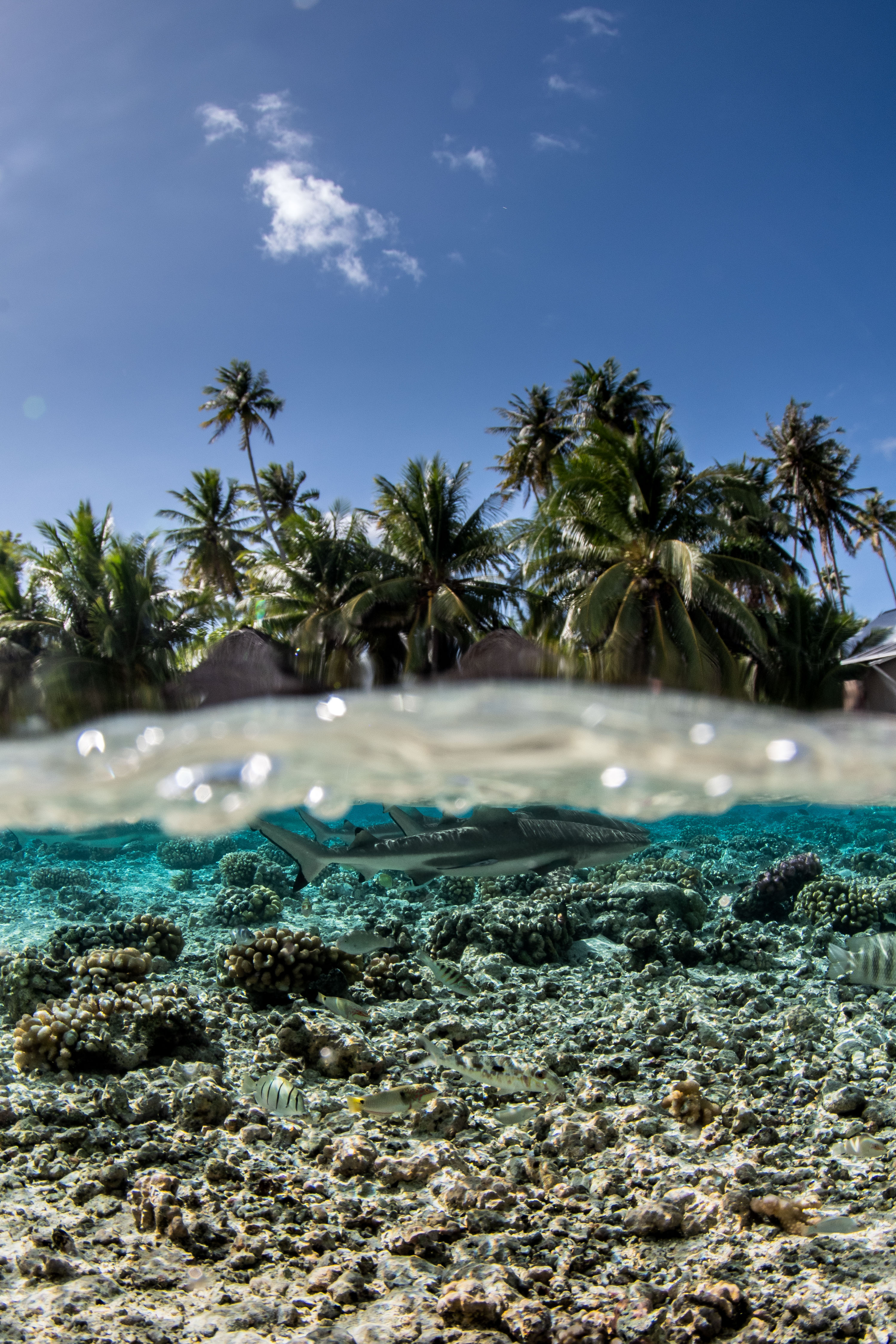The Polynesian islands are considered as true natural laboratories of evolution, and thus are particularly appropriated to the discovery of biomimicry - the observation of wild and endemic species is easy, and the functions developed by all these species are examples of adaptations to very complex and varied environments, allowing to trigger “the biomimetic eye”, main objective of our initiations through observation and our advanced training.

French Polynesia is a wonderful, amazing and unique territory! Composed of 118 islands (34 high volcanic islands and 84 low coral islands), it extends to an area as large as Europe (5 million km²) and is characterized by significant geographic isolation (around 6,000 km from the continents) as well as by extremely scattered archipelagos.
The country is extremely rich in terms of terrestrial endemism: the vascular flora counts 460 species and 61 endemic subspecies and varieties, adding up to a total of 521 taxa endemic to French Polynesia. Between 60 to 70% of endemic plant species are hosted in the humid mountain forests known as “cloud forests”. Birds, snails and insects have original characteristics and also a strong endemism.
About 5,000 marine species have been identified so far. Molluscs, crustaceans and fish are the groups with the largest number of species. Inventory levels are however uneven according to taxonomic groups: the best inventoried ones are fish, corals and molluscs. The pelagic heritage (sharks, turtles, cetaceans) is known only when close to the shores. Deep ecosystems remain almost unknown.